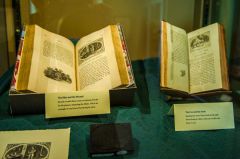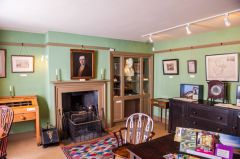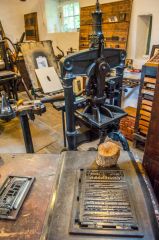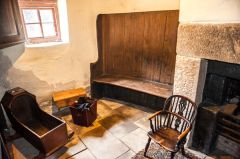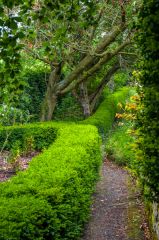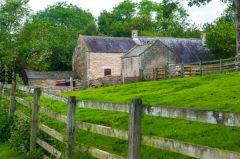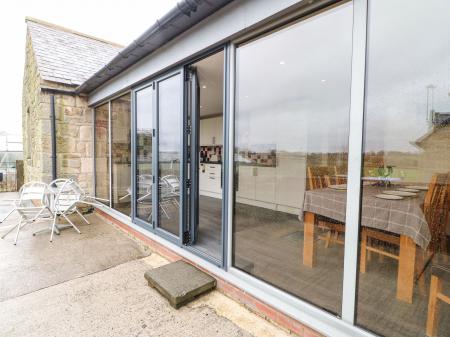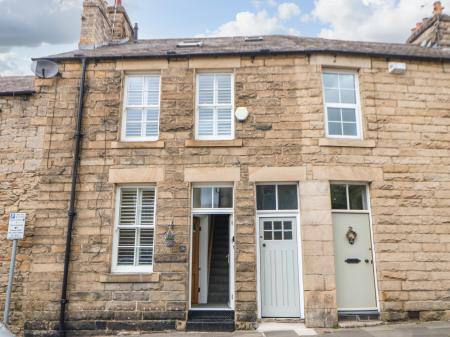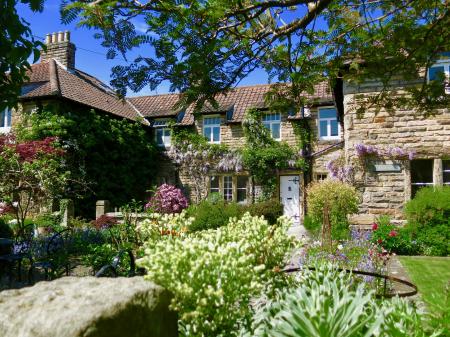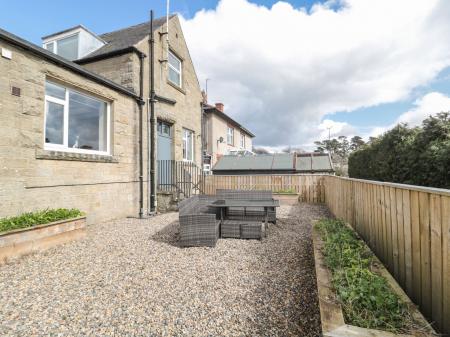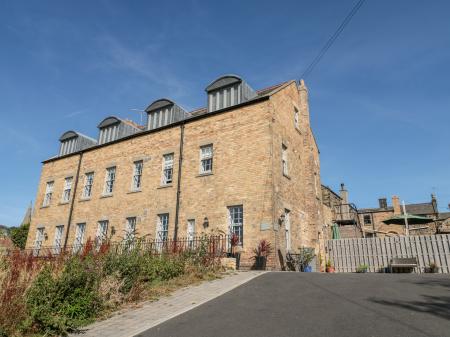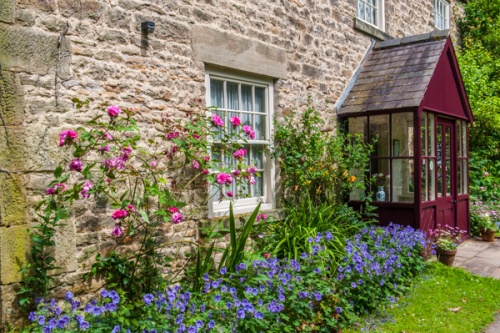
Bewick was born in the cottage at Cherryburn, where his father John was a tenant farmer, and he lived here with his parents and 7 siblings. In the 1820s his brother's family tore down part of the original cottage and built the nearby farmhouse, so not everything is exactly as it would have been when Bewick lived here.
The larger 1820s house is filled with memorabilia and displays telling the story of Bewick's life and work. Visitors can also learn the traditional techniques of woodblock engraving and hand printing.
There are walks along the river and through the surrounding countryside, and Cherryburn also hosts regular folk music concerts.
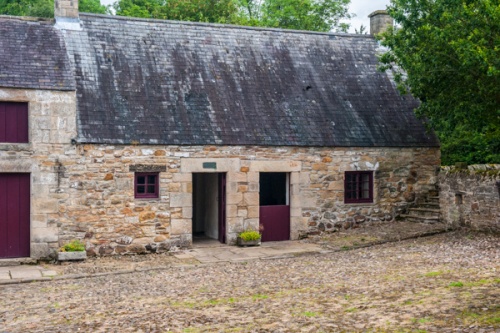
Thomas Bewick
Though his name is not so familiar today as other contemporary artists and engravers such as William Hogarth, in his day Thomas Bewick was immensely popular and influential, both for his engravings and his books on natural history. He was apprenticed at the age of 14 to RRalph Beilby, a Newcastle engraver, and he showed so much talent that he eventually became a partner in Beilby's business.
Bewick's early career saw him create woodcuts for advertisements and for illustrating children's books, but he eventually turned to creating his own books; writing, illustrating, and publishing works on natural history. His first popular book was 'A History of Quadrupeds', but he is best known for 'A History of British Birds'.
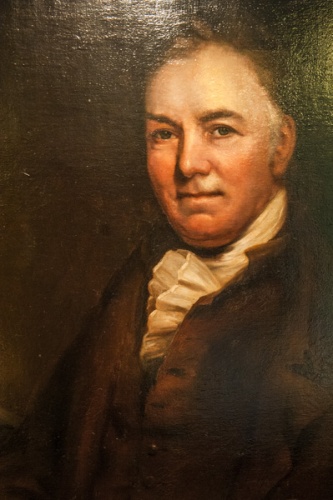
Even his most serious works of natural history were often illustrated with humorous 'tail-pieces' (small drawings at the end of chapters), frequently depicting scenes from Aesop's Fables.
Bewick was an advocate for the ethical treatment of animals, and much like Hogarth, he had a strong sense of moral justice, as his illustrations often show. His influence on the study of natural history in Britain was profound, and in 1830, seven years after his death, Bewick's Swan was named for him.
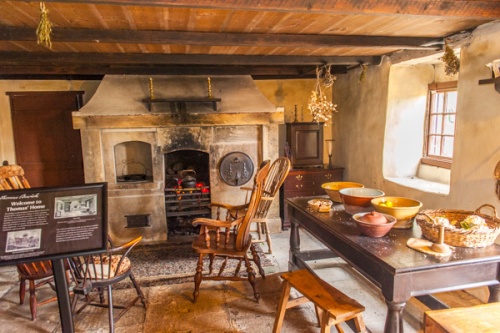
Visiting
Cherryburn is an interesting historic site to visit. The house stands on the slope of a hill, looking out over the wide, green valley of the Tyne, with views far to the north. The attractive main house has a small exhibition in the front room, with original works by Bewick and basic information about his life.
Off this main room is a small shop and ticket desk, combined with a tea room, and this links in turn to a print room, where you can see experienced printers creating prints with the same materials that Bewick would have used. You can chat with the printers and get a real insight into the extraordinarily complex process that engravers like Bewick had to use to make their works of art accessible to a wider audience.
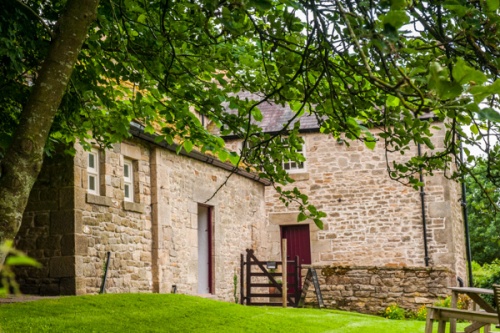
To the rear of the main house is a small, cobbled yard, with animal pens and fields beyond, and on one side of the courtyard is a low stone building where Bewick was born and lived for the early years of his life. The kitchen/sitting room of this 'humble' cottage as English Heritage so aptly describes it, is finished as it was when Bewick lived here.
How can we be so sure about how the cottage looked? His son, Robert Bewick, sketched the scene, and these drawings have enabled English Heritage to recreate the setting exactly.
Only two rooms of the birthplace cottage are accessible to visitors; the kitchen and a small bedroom opposite. You can take a short trail around the animal fields below the cottage, and walk up the hill to the small but attractive gardens higher on the slope. One of the enjoyable garden features is a skep, or bee house, made with traditional materials.
